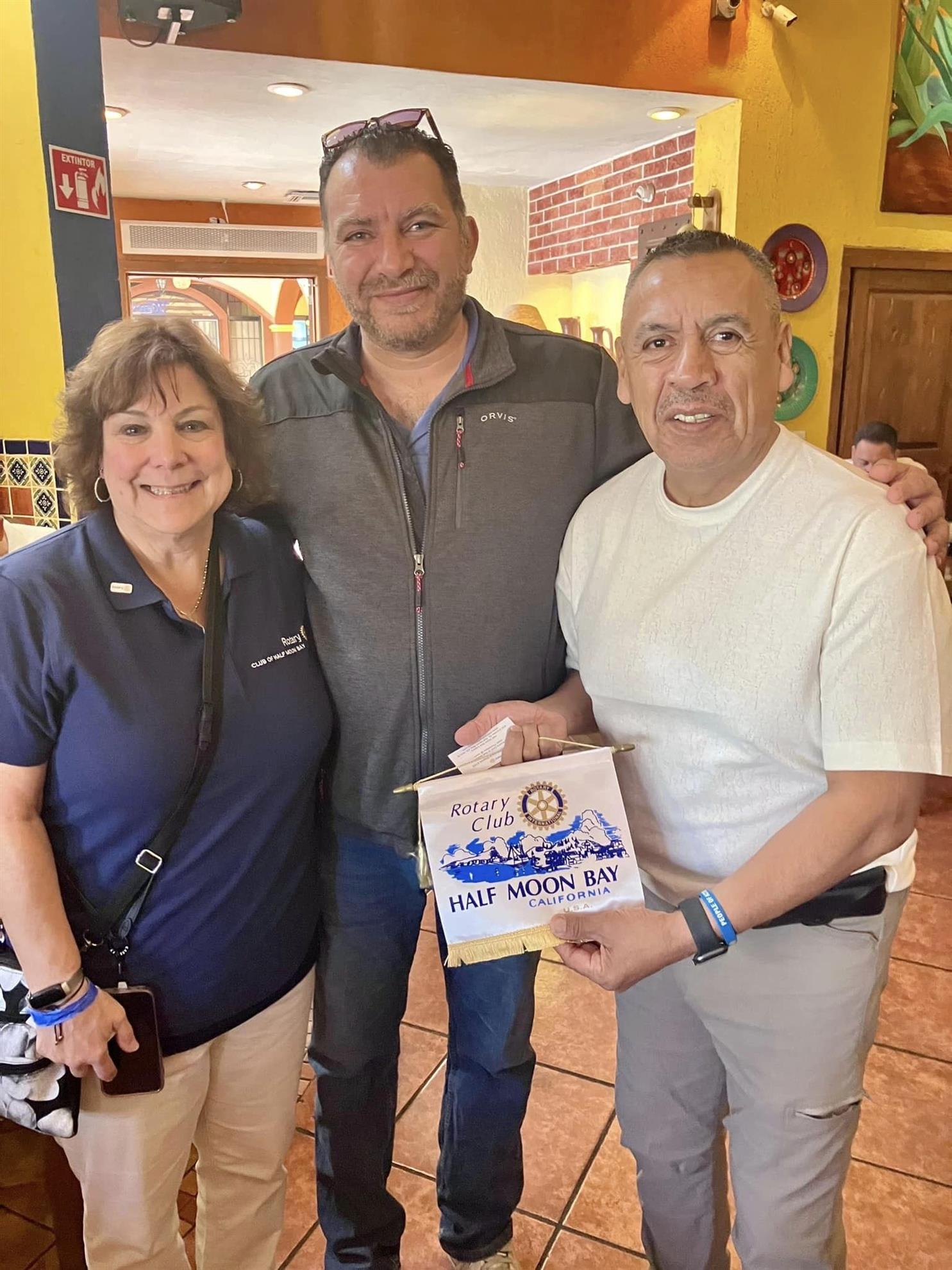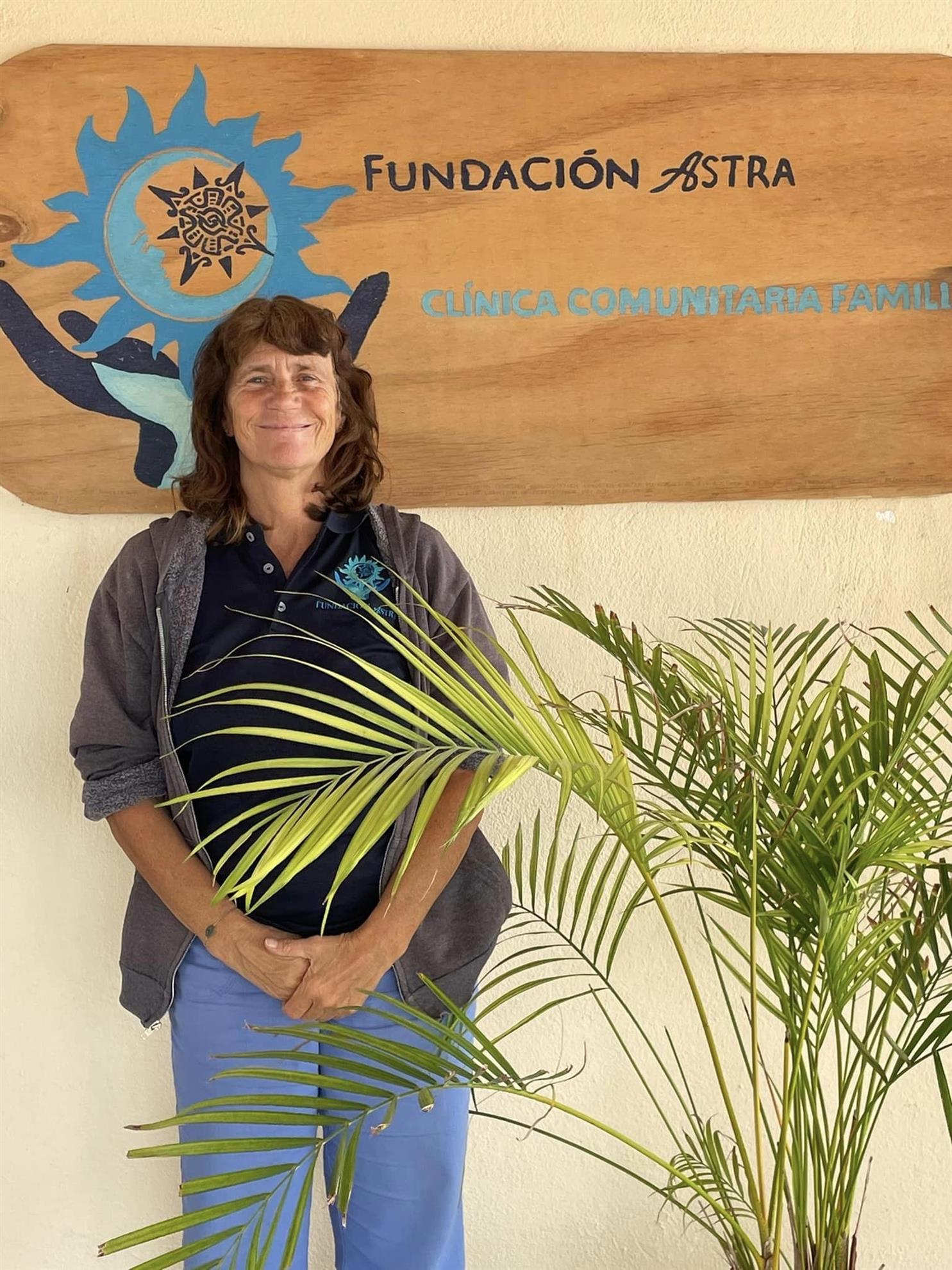














| May 2, 2024 | 12 Noon | Speaker | Arancha Casal Yoga | HMB Library |
| May 15, 2024 | 5:00 PM | Service | Coastside Hope Monthly Supplies Packing | Mary's house |
| May 9, 2024 | 12 Noon | Speaker | Boys and Girls Club of the Coastside (Barb) | HMB Library |
| May 16, 2024 | 12 Noon | Speaker | Square Peg Joell Dunlap | HMB Library |
| May 23, 2024 | 5:00 PM | Social | Barterra Winery | Barterra Winery |
| May 29, 2024 | 6:00 AM | Service | Monthly Breakfast Brigade | Lutheran Church |
| May 30, 2024 | 12 Noon | Speaker | Bridgett from Puente (Barb) | HMB Library |
|
__________________________________________________________________________________________________________________________________________________________________
|
Half Moon Bay, CA 94019
United States of America